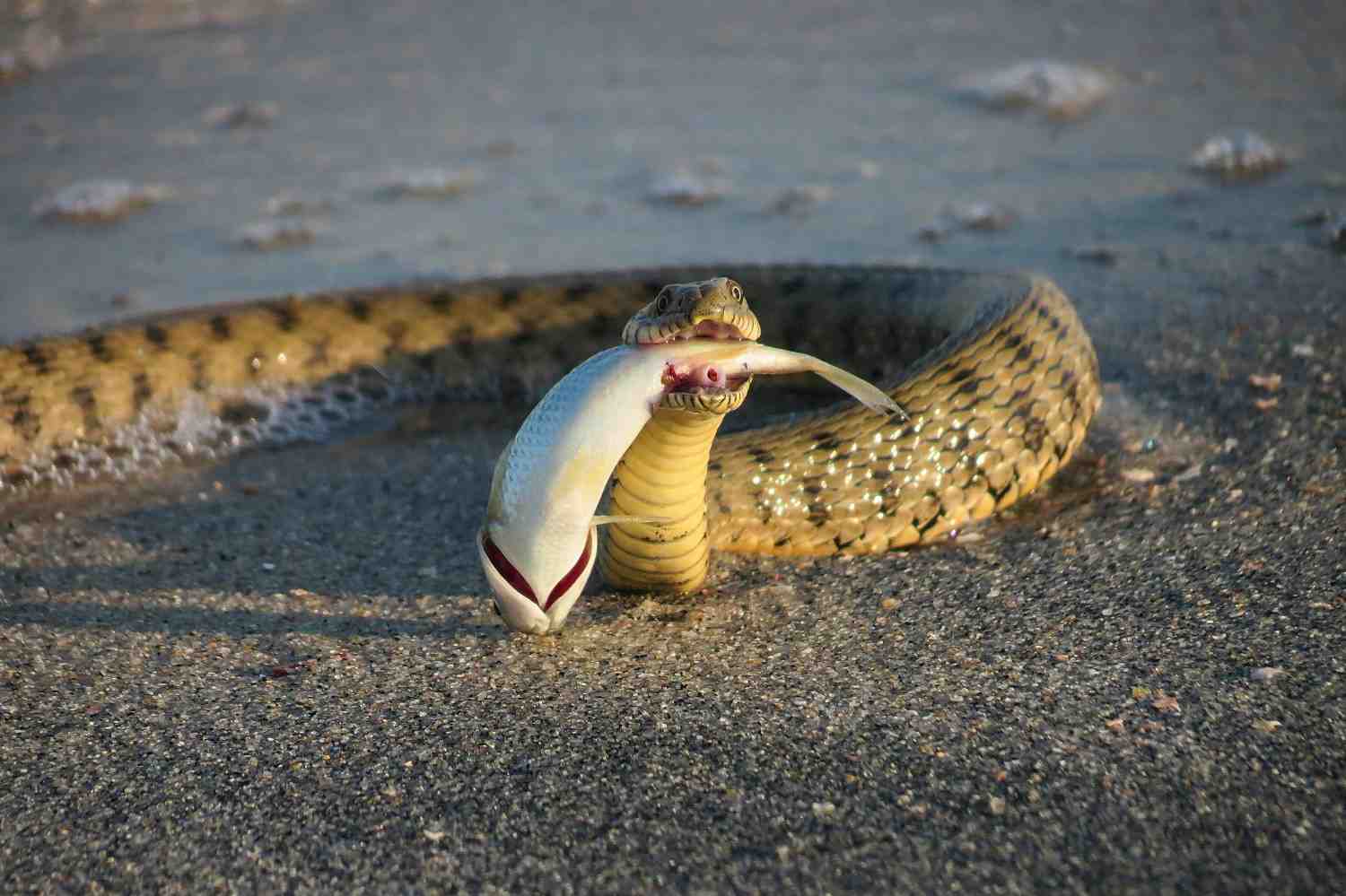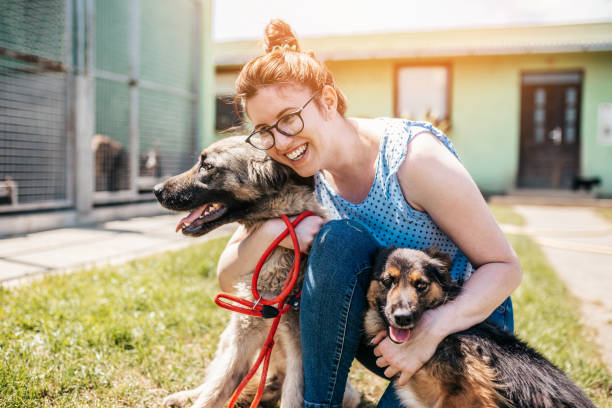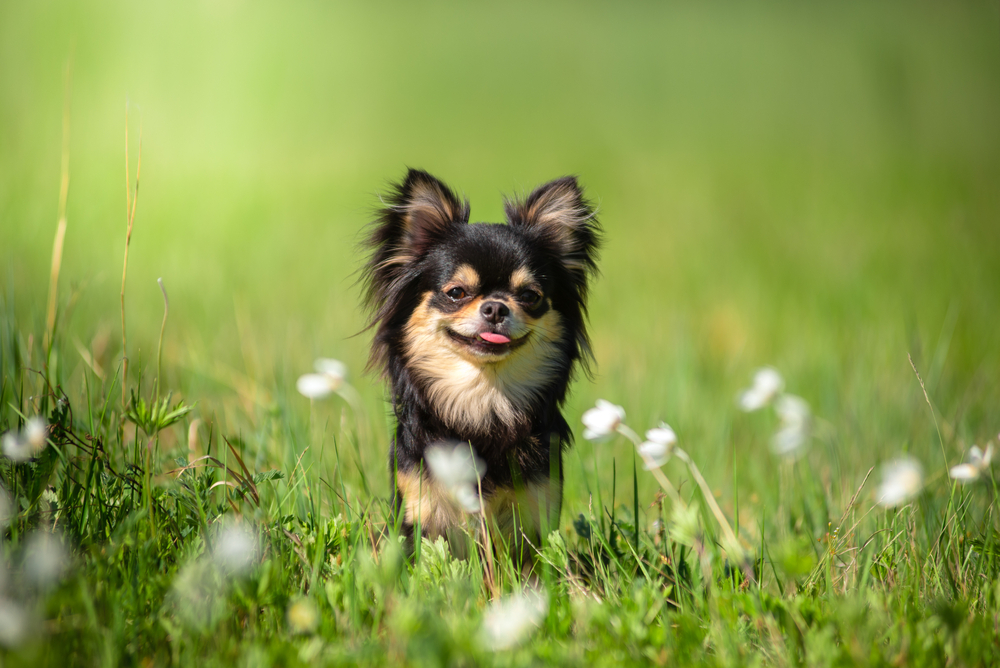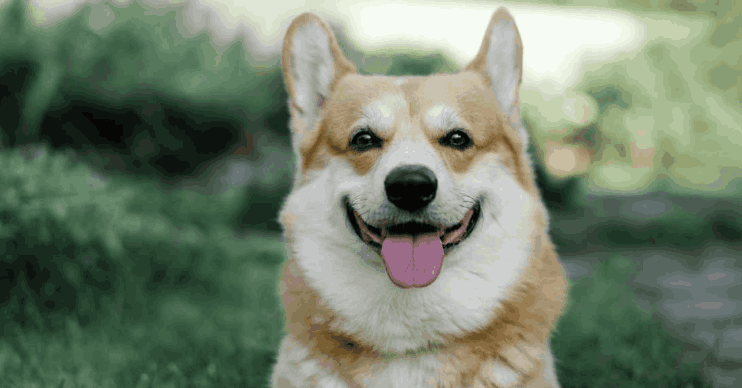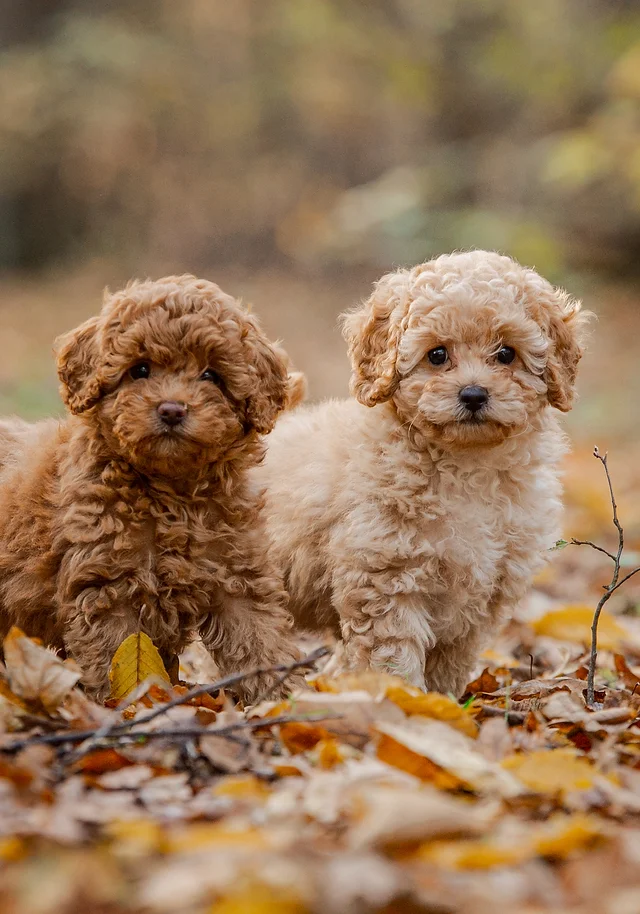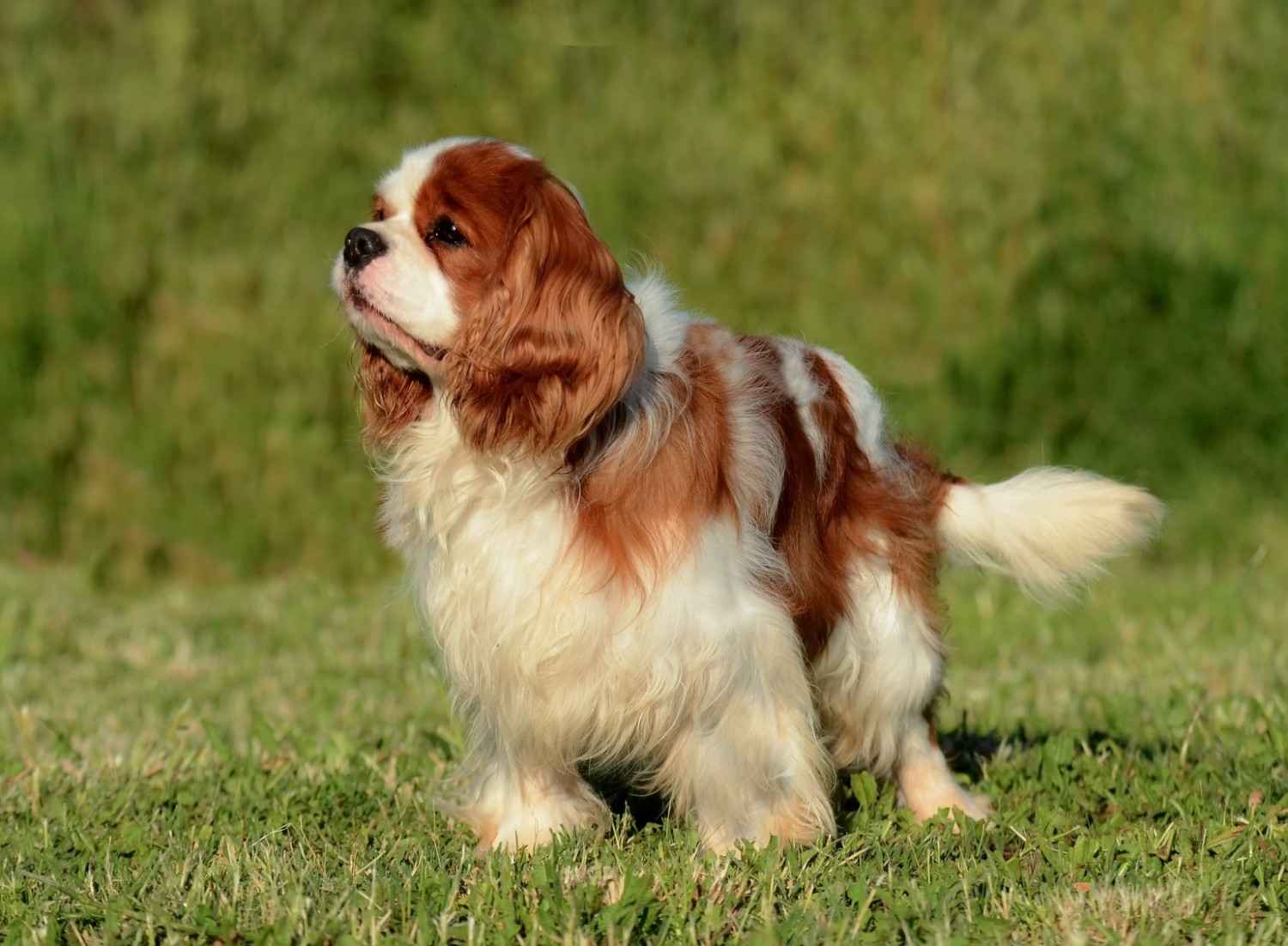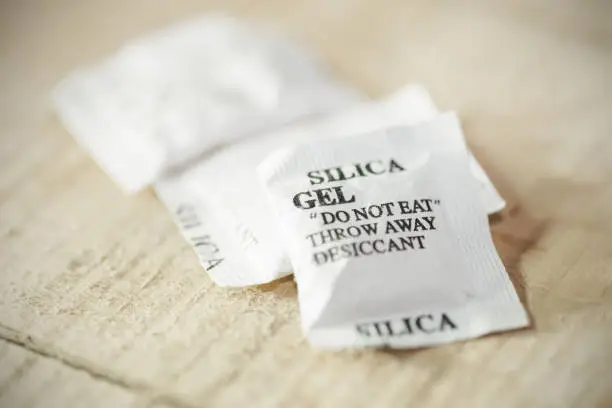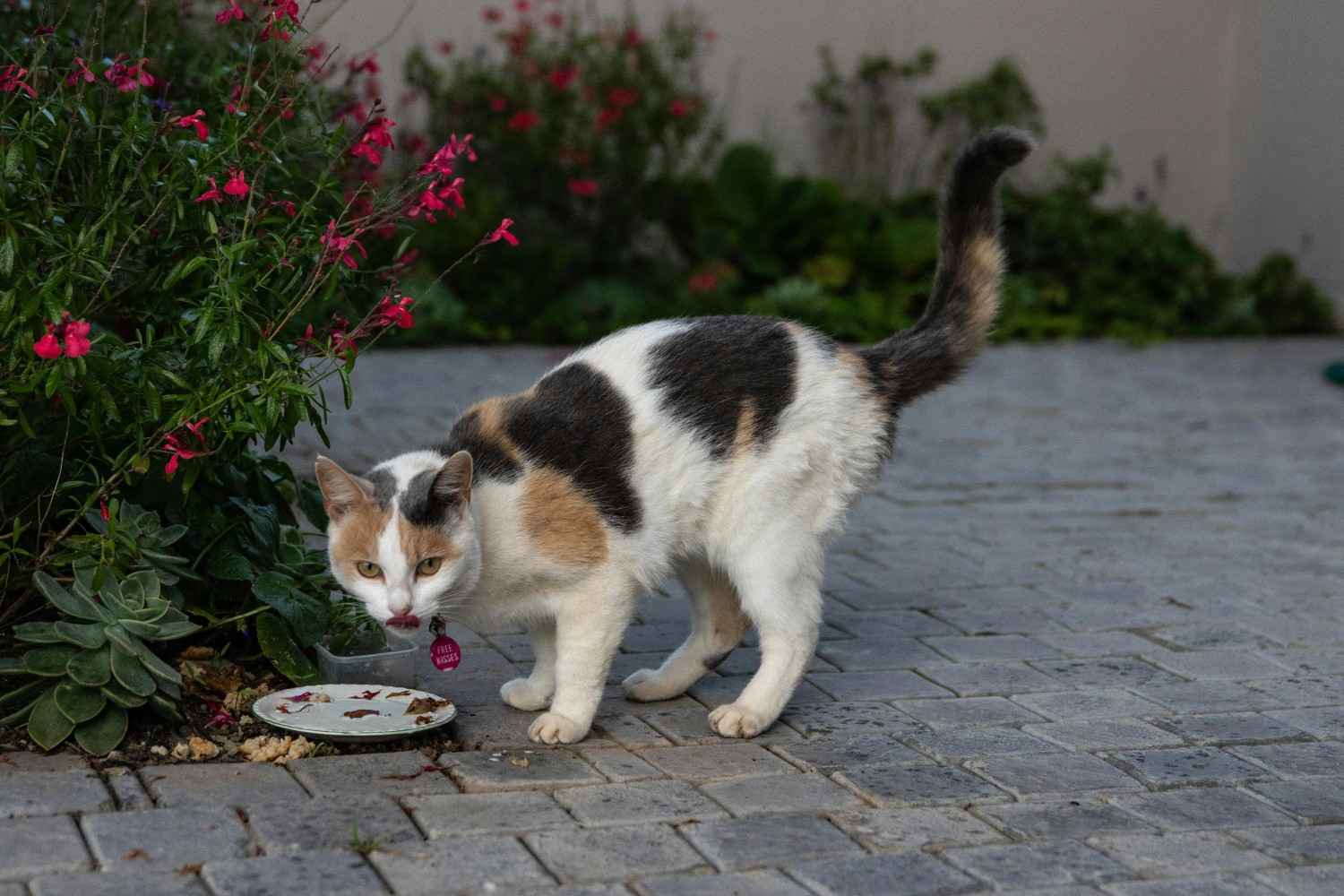What Ball Python Eat: A full Guide to Their Diet
Ball pythons, one of the most popular pet snake species, aren’t just fascinating creatures but also fairly easy to care for when it comes to feeding. Understanding what Ball Python Eat is crucial for ensuring their health and well-being. In this article, we will delve into the diet of Ball Python Eat, including their feeding habits, preferred prey, and tips for providing proper nutrition. What Play Ball Python Eat in the Wild? In the wild, Ball Pythons Eat primarily small mammals and birds. Their diet mainly consists of rodents such as rats and mice, though they may also hunt birds and other small prey. These snakes rely on their exceptional sense of smell to locate their meals. Rodents Rats, mice, and occasionally gerbils. Catcalls, Small to medium-sized catcalls. Reptiles sometimes, lower reptiles. Ball pythons are opportunistic and affluent, meaning they’ll eat whatever prey is available to them in their natural niche. Their diet generally varies depending on the region where they live, but small mammals are their main source of food. What Ball Python Eat as faves In prison, the diet of a ball python is analogous but more controlled. Pet ball pythons are typically fed-killed or frozen-fused rodents, which are safer and more accessible than live prey. Pet possessors must ensure the food handed is the right size for the snake. Frozen-fused rodents are the most common and safest option. Live rodents are Not recommended due to pitfalls. Occasional catcalls Can be offered, but not essential. Feeding pet ball pythons is easy, but it’s essential to choose prey particulars that are meekly sized — typically, the prey should be about the same size as the widest part of the snake’s body. Overfeeding can lead to rotundity, while underfeeding can beget malnutrition. How Frequently Should You Feed a Ball Python Eat? The feeding frequency for ball pythons varies depending on their age, size, and exertion position. Generally, youthful ball pythons should be fed more frequently than adult snakes. Baby ball pythons Fed formerly every 5–7 days. Adult ball pythons Fed formerly every 7–14 days. Hatchlings Fed formerly every 3–4 days. Conforming the feeding schedule grounded on the snake’s growth and exertion is important. Overfeeding can lead to rotundity, while underfeeding can trick growth. It’s also significant to ensure they’re getting the correct type of food, based on their age and size. Can Ball Python Eat Other Prey? While rodents are the primary food source for ball pythons, they can sometimes eat other types of prey. Some ball pythons may hunt catcalls or small reptiles, but these types of food aren’t typically included in utmost interned diets. Types of indispensable prey for ball python eat catcalls Small catcalls like quail or sprats. Reptiles sometimes, small lizards or amphibians. Fish Infrequently, some ball pythons will eat fish if the occasion arises. Though these foods aren’t common in utmost ball python diets, they can sometimes be offered for variety, especially if you’re trying to mimic their wild diet. Should Ball Pythons Eat Live Prey? Feeding live prey to ball pythons isn’t recommended for several reasons. Live prey can injure the snake, and there’s also a threat that the prey could spread complaints. Also, it’s harder for the snake to strike and kill prey that fights back, which can stress the beast. Pitfalls of live prey mouthfuls, injury, stress. Frozen-thawed prey is a safer and further controlled option. Live feeding is frequently gratuitous and potentially dangerous, so most ball python possessors choose frozen-fused rodents as the safest and easiest option. Nutritive requirements of Ball Python eat Ball pythons, like all snakes, bear a balanced diet to maintain health. This includes applicable situations of protein, fat, and humidity. Rodents, especially rats and mice, naturally give these nutrients in the correct proportions. Protein Necessary for growth and muscle development. Fat is Essential for energy. Humidity Can be deduced from food, but water should always be available. For grown-up ball pythons, feeding the right prey size is pivotal for furnishing acceptable nutrition. Pray that’s too large can lead to rotundity, while prey that’s too small can result in malnutrition. Do Ball Pythons Need Vitamins and Supplements? In general, ball pythons get all the vitamins and minerals they need from their regular diet of rodents. Prey particulars like rats and mice contain the necessary nutrients for a healthy snake. Still, in some rare cases, you may need to provide supplements Calcium May be added if feeding prey without bones. Multivitamins are sometimes used if necessary. Utmost ball pythons won’t bear fresh supplementation unless they’re passing specific health issues or are being fed a diet that lacks variety. Feeding Habits What to Know About Feeding Ball Pythons Ball pythons are constrictors, meaning they will strike and coil around their prey to kill it. Once the prey is subdued, the snake will swallow it whole. This system of feeding is effective and allows the snake to eat large reflections rarely. Feeding style condensation and swallowing prey total. Prey handling Pythons can kill prey snappily and efficiently. It’s essential to give your ball python enough time to digest after a mess. Avoid handling the snake for 24–48 hours after feeding to ensure that digestion occurs without stress. Can Ball Pythons Eat Other Types of Food? Although ball pythons are obligate herbivores, they shouldn’t eat fruits, vegetables, or insects. These types of food don’t give the right nutrients and may lead to health problems. No fruits or vegetables, These can’t meet the nutritive requirements of a snake. No insects Ball pythons don’t digest insects duly. A diet grounded on applicable rodents is a stylish way to ensure that your ball python remains healthy. Anything outside this range is gratuitous and potentially dangerous. How to Choose the Right Prey for Your Ball Python Choosing the right size and type of prey for your ball python is crucial to its health. The size of the prey should always match the circumference of the snake’s body at its widest point. Prey size As big … Read more

